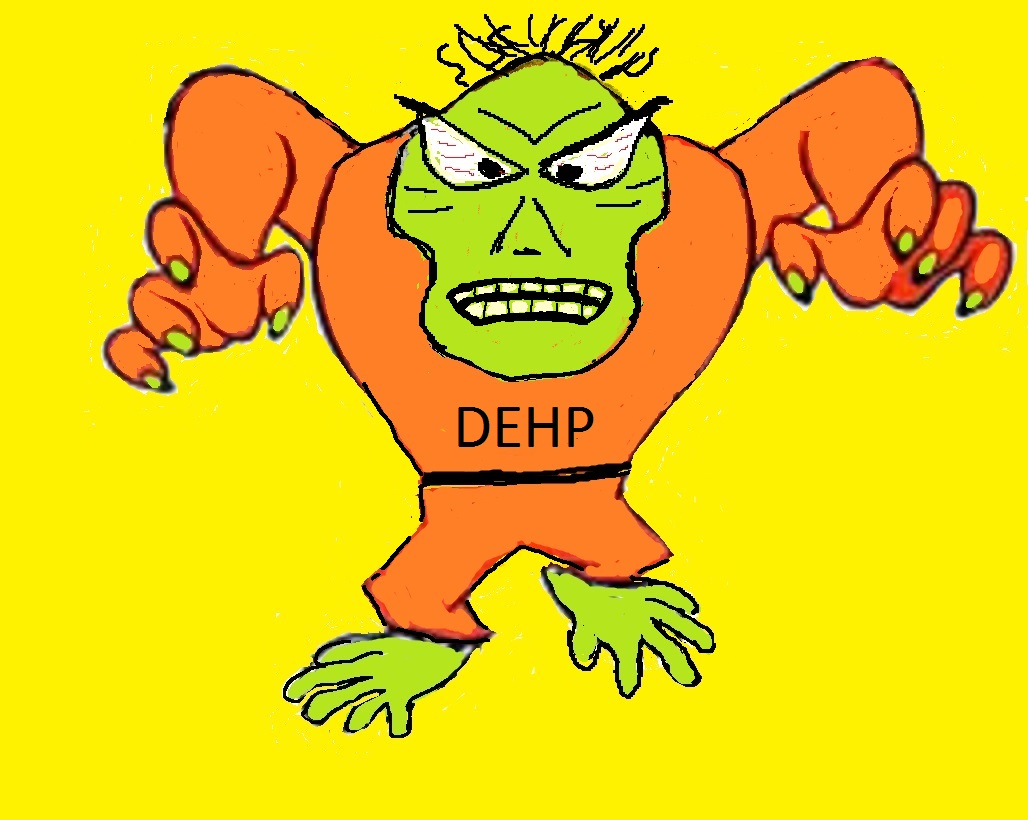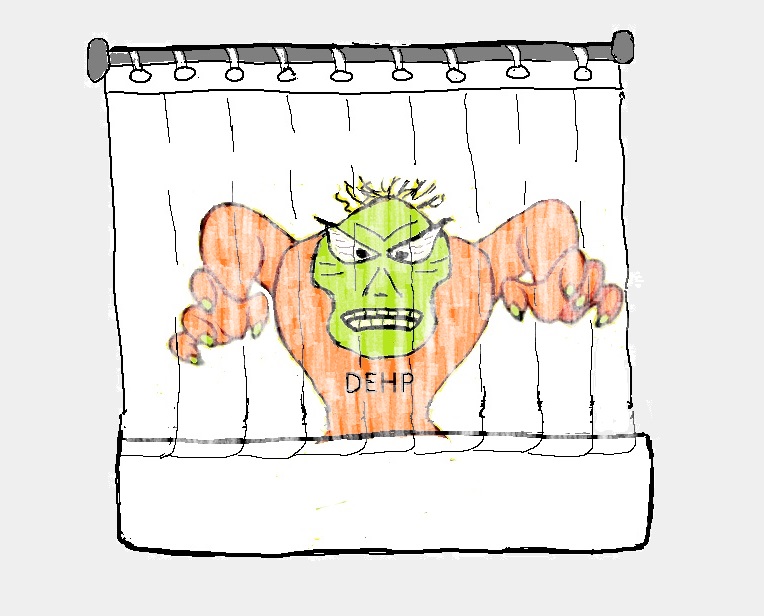Q & A - What Are Phthalates
Phthalates are a group of chemicals often called plasticizers because they are added to plastics to make them more pliable. And in chemical speak they are synthetic esters of phallic acid.
Besides their use in plastics they are also used as solvents–in other words things dissolve in it (solute) to make a solution- and fragrance enhancers in many consumer products.
There are about a dozen different types of phthalate compounds used in everything from air fresheners to shower curtains.
The most common phthalates can be loosely grouped into
· Lower molecular weight - (dimethyl phthalate [DMP], diethyl phthalate [DEP], and dibutyl phthalate [DBP])
· Higher molecular weight - (diethyl hexyl phthalate [DEHP], diisononyl phthalate [DINP], diisodecyl phthalate [DIDP], and benzyl butyl phthalate [BBP]).
(molecular weight is basically the mass of a molecule, based on the sum of the atomic weights of the atoms in a molecule).
Why Phthalates Are A Toxic Problem
Phthalates aren’t chemically bound to the products they’re in so they’re easily released into food that comes into contact with plastic and your homes air from plastic and fragranced products. Also, low molecular weight phthalates like DBP and DEP can be absorbed through your skin. And these are the types of phthalates used in personal care products
In other words, you inhale, ingest and absorb phthalates constantly. And that’s a problem because this exposure can wreck your health.
- Phthalates are
endocrine disruptors that mess with your hormones. And this disruption is
linked to insulin resistance, obesity and thyroid disease.
- Constant exposure to toxins like phthalates may lead to long-term or chronic inflammation because the levels you're exposed to causes oxidative stress. And oxidative stress zips you down the slippery slope to body inflammation.
- It’s really easy to inhale phthalates because your indoor air usually contains high levels of them. In the last decade, several studies have linked exposure to these toxins with wheeze, allergies, and asthma among children and adults.
|
For More Info Check Out |

